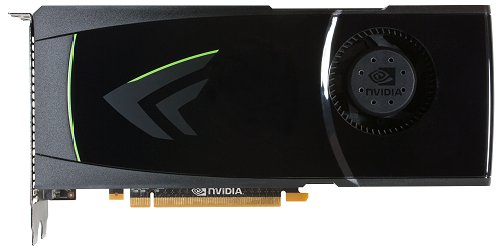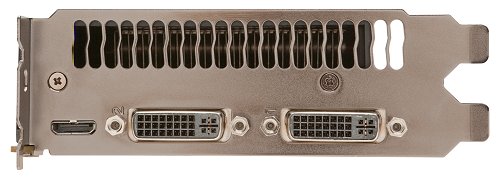Nvidia GeForce GTX 470 in Detail
Butting heads with the Radeon HD 5850 will be the cut down version of the GeForce GTX 480, the GeForce GTX 470. At $349 the GTX 470 is meant to provide a better balance between performance and price.

Despite being 30% cheaper than the GTX 480, the GeForce GTX 470 only has 7% less CUDA Cores and Texture Units, as well as 17% less ROPs. The graphics clock for fixed functioning units and the CUDA clock have been reduced by 13%, while the memory frequency has been cut down by 9%.

This means in total the GeForce GTX 470 features 4 Graphic Processing Clusters, 14 Streaming Multiprocessors, 448 CUDA Cores, 56 Texture Units and 40 Raster Operations Units. The graphics clock speed for fixed function units is 607MHz, while the CUDA Cores operate at a more aggressive 1215MHz.

The memory buffer has been reduced 17% from 1536MB to 1280MB, while the memory interface has been cut down in the same proportion to 320-bit. All up this makes for a 25% reduction in available memory bandwidth, putting the theoretical peak bandwidth of the GeForce GTX 470 at 133.9GB/s.
Thermal Design Power (TDP) has also dropped from 250 watts to a more manageable 215 watts. But even at 215 watts the GeForce GTX 470 is likely going to be much more power hungry than the faster Radeon HD 5870. The card requires a pair of 6-pin connectors and Nvidia is recommending a 550 watt or higher PSU to help power this graphics card.

Given the impressive specifications of the GeForce GTX 470, we are not expecting it to be much slower than the GTX 480. Depending on how well this card overclocks the performance gap could be even less noticeable.
